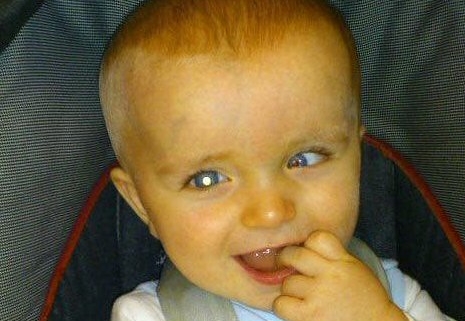When ‘Something’ Looks the Same As ‘Nothing’: Strabismus, Leukocoria and Childhood Eye Cancer
Strabismus (turned eye) and leukocoria (white pupil), the most common signs of retinoblastoma, can also occur in healthy eyes. Sandra Staffieri, Retinoblastoma Care Co-ordinator at the Royal Children’s Hospital, Melbourne, examines both and answers the key question – when should parents and doctors be concerned?

